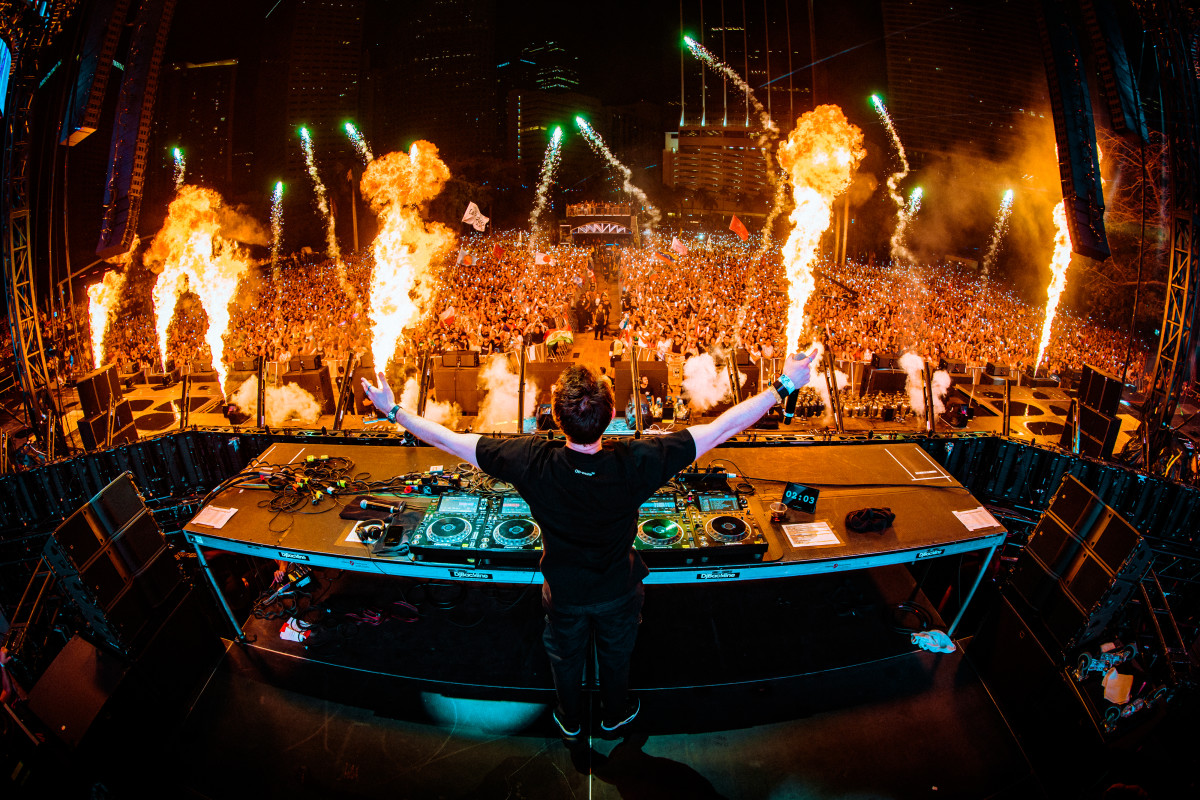Quincy Jones’ impact on music and culture is beyond far-reaching; the scope of his legacy seems to permeate everything. The musical savant who was recruited by Lionel Hampton and played with the likes of Ray Charles when he was still a teen spent decades carving out music’s most impressive list of credits — Quincy Jones is everywhere. As the world pauses to celebrate his art and impact following his death at age 91, it’s not hard to understand the depths of his influence. And in contemporary R&B and hip-hop, the artistry and vision of Quincy Delight Jones, Jr. looms large.
“With full but broken hearts, we must share the news of our father and brother Quincy Jones’ passing. And although this is an incredible loss for our family, we celebrate the great life that he lived and know there will never be another like him.” - The Family of Quincy JonesIt’s most obvious in the endless ways the music of Quincy Jones has been flipped and sampled for some of hip-hop’s most beloved classics. That moody groove running through Pharcyde’s “Passin’ Me By” is from Jones’ “Summer In the City” from 1973; “Shook Ones Pt II” flips a snippet from 1971’s epic “Kitty With the Bent Frame,” and the opening bassline from Quincy and Leon Ware’s “Body Heat” is the foundation for 2Pac’s horndog anthem “How Do You Want It.” Jodeci’s feel-good hit “Get On Up” features an inspired sample of “Velas” from 1981. The collection of hits that sample Quincy Jones-produced Michael Jackson songs reads like a “Best Of the ‘90s” playlist: LL Cool J’s “Hey Lover” (“Lady In My Life”); “It Ain’t Hard To Tell” by Nas and SWV’s “Right Here” remix (“Human Nature”); “Keep On Keepin On” by MC Lyte (“Liberian Girl”). But even as he’s been extensively sampled, quoted and covered — Quincy Jones is more significant to contemporary urban music than just as an artist with a tremendous catalog. He’s a shining example of all a producer and mogul can become.
Before the word “superproducer” entered the lexicon, Quincy Jones exemplified all of the possibilities the term implies. Here was a man unbound by genre or era; he could arrange charts for Frank Sinatra and assemble some of the greatest jazz musicians in a studio — or he could produce tremendously successful and sugary pop like Lesley Gore. He could craft hits for R&B greats like James Ingram or deliver fusion instrumentals. Whether in the 1950s or the 1990s, “Q” was always in his element and it set a template for the hitmakers of today to follow. There’s no question of his influence on figures such as Pharrell Williams and Rick Rubin; and he was able to use his vision and clout to open doors and carve lanes for music that was otherwise marginalized by mainstream platforms.
At a time when many of his peers were dismissing rap’s ascendency, “Q” had his ear attuned to what was happening with the younger generation. Back On The Block would feature Jones working with older music legends like Ray Charles and Chaka Khan but also with rappers like Kool Moe Dee and Big Daddy Kane of the emerging hip-hop wave. The result was a multi-platinum commercial hit — and a Grammy for Album Of The Year. It was Quincy Jones who launched the careers of prominent ‘90s R&B stars like Tevin Campbell and Tamia. He featured the young vocalists on his Grammy-winning albums Back On The Block and Q’s Jook Joint, respectively.
In the early ’90s, Jones created and developed VIBE magazine, which gave a major media platform to the R&B singers and rappers that were impacting a generation. It was also a stage for young journalists who wanted to write about them. And it was his production company Quincy Jones Entertainment that launched popular hip-hop-themed sitcoms like the Will Smith-led The Fresh Prince Of Bel-Air and In The House starring LL Cool J — as well as FOX’s hit sketch show MadTV, which featured Heavy D on its theme song.
Quincy Jones emerged during one of the richest periods in music history; as jazz was entering another renaissance and rock and roll was emerging as a new voice; he saw Motown and the British Invasion in real time; he was on hand as R&B became soul and then funk; witnessed hip-hop’s birth, adolescence and maturation; and he continued to thrive decade after decade, through seismic shifts in how music was made, marketed and received.
No one calls Quincy Jones a “superproducer” because Quincy Jones is the one man for whom that term sounds small. His legacy is boundless because his talent was; and even as he reached 90 years old, he never seemed to lose that zest for art and life that drove him to create the life soundtrack for several generations. His legacy is forever; in the art that he leaves for the world and in the voices he was able to give platform to. And in the talent of his children. Quincy Jones lived a helluva life and we were all blessed to be touched by it. And we were all impacted. Every time someone plays Off The Wall. Every time someone watches The Wiz. Any time you see that VIBE logo. Quincy Jones is part of who we are.
Quincy Jones is everywhere.

 1 month ago
11
1 month ago
11


















 English (US) ·
English (US) ·